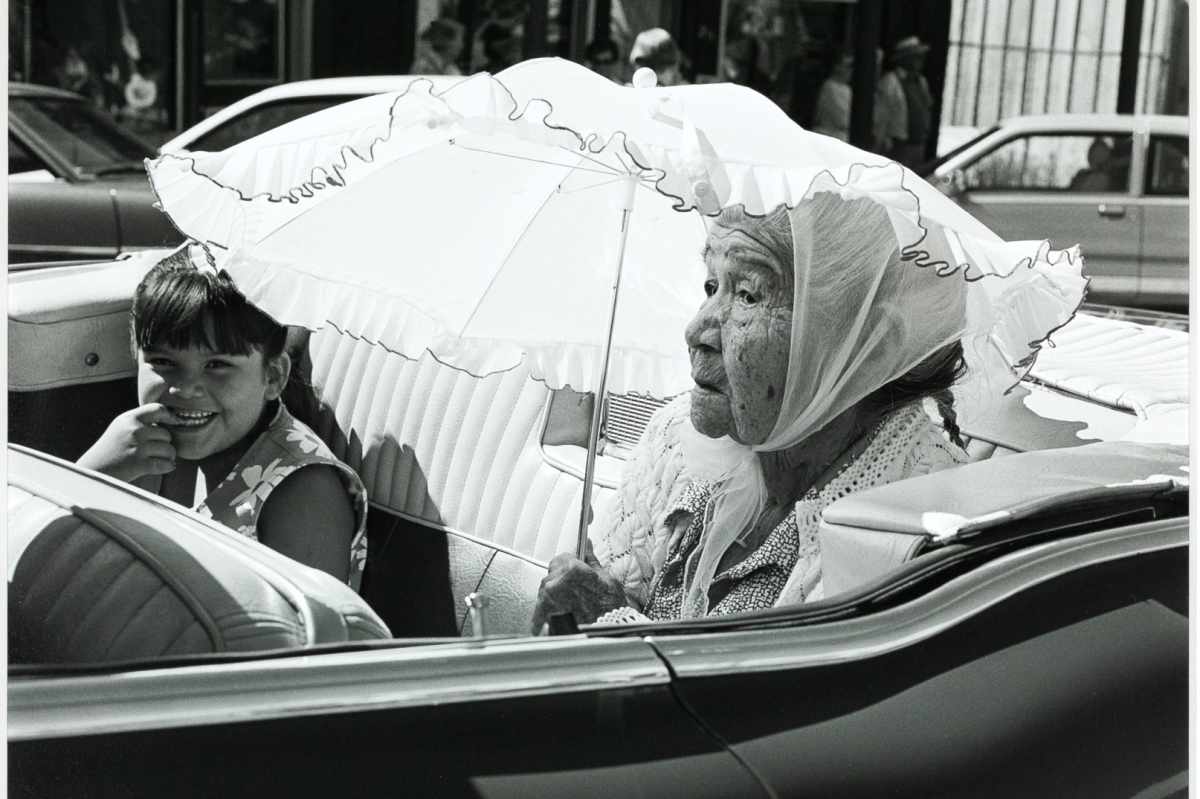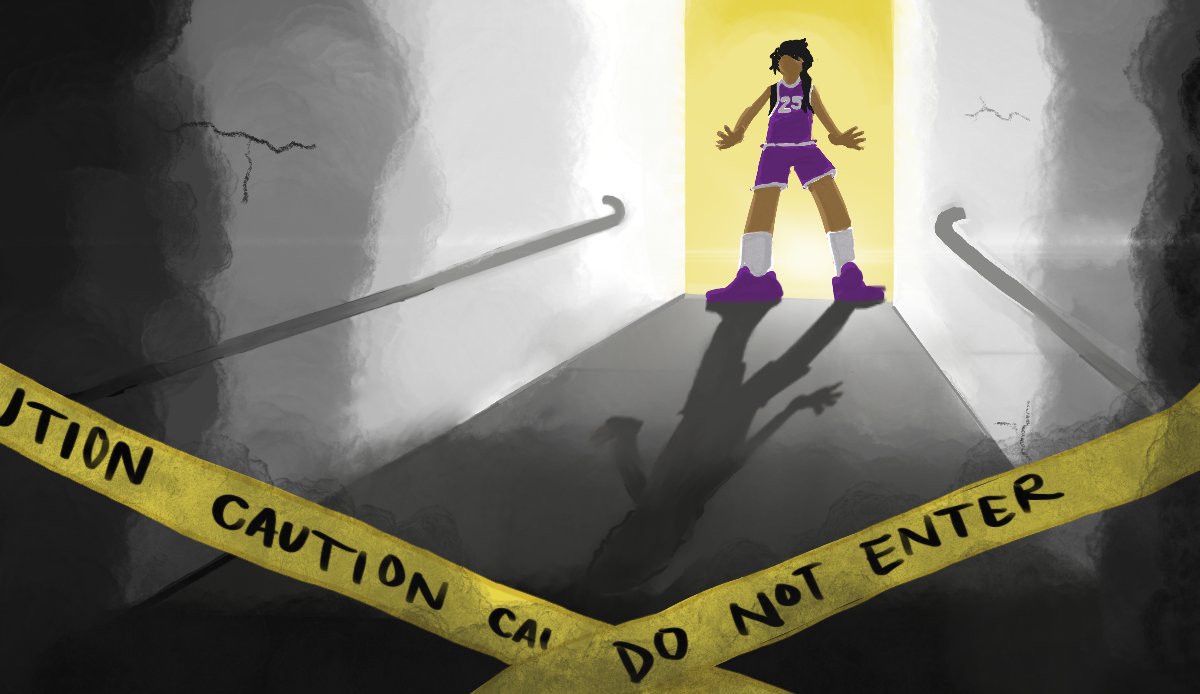 Colorful abstract paintings line the walls of the cozy art gallery in the Tower building lobby. A smattering of tones and patterns offer the eye a whole buffet of beauty, each piece unique from the next and no brush stroke uncharted. The gallery exhibit, “Urban Expressionism,” features the work of African American artist Claude Lawrence.
Colorful abstract paintings line the walls of the cozy art gallery in the Tower building lobby. A smattering of tones and patterns offer the eye a whole buffet of beauty, each piece unique from the next and no brush stroke uncharted. The gallery exhibit, “Urban Expressionism,” features the work of African American artist Claude Lawrence. The paintings on display, all abstract expressionist pieces, evoke a sense of warm touch and busy thoughts. Many of the paintings are loud with fierce jagged lines, while a few others use soft curves and the quiet of negative spaces.
Warm colors swirl past each other, coming together to create what my eye perceives to be a blue mother floating in an abyss of oranges and reds. A smaller piece nearby is light and subtle, gently expressing the idea of a pale, nude woman. In others I see faces, male and female forms, and swaths of movement and emotion.
Lawrence himself was in attendance at the gallery on Tuesday, offering a firm handshake and friendly smile without a breath of hesitation. Lawrence shared a bit about his roots and his love of expressive arts.
He was born in Chicago and spent “many years” in New York City. Like many artists, Lawrence has been painting since he was a child, but he says he really started painting seriously in 1986 in New York.
Lawrence is also a professional jazz musician. He mentioned with cool excitement that on March 2, the closing day of the gallery exhibit he’ll be performing jazz on his alto saxophone.
Lawrence’s art has joined collections in a myriad of galleries, including The Metropolitan Museum of Art, The Brooklyn Museum of Art, The Parrish Art Museum, and The National Gallery of Art in Washington, D.C.
Recently featured in an article for International Review of African American Art, which you can also find on display at the exhibit, Lawrence related his love of visual art with his love of music. “Improvisation in jazz and abstract art are the same. I don’t know where it comes from, but it is about the attack. It’s about the impulse. That is what defines you as an artist.”
When asked about advice he might give young artists, Lawrence seemed to consider his answer before offering it. “I could tell them ‘express yourself,’ but what does that mean? I would say, ‘just try it!’”

























